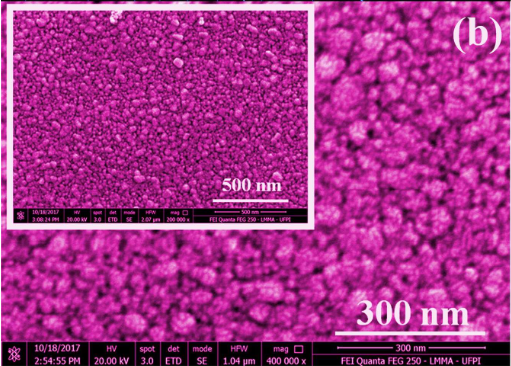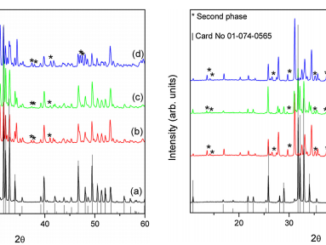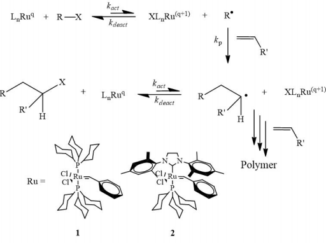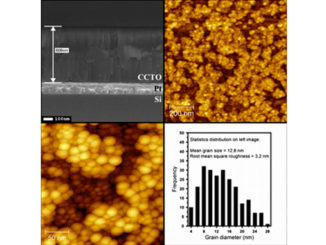
Photocurrent Response and Progesterone Degradation by Employing WO3 Films Modified with Platinum and Silver Nanoparticles
Abstract: The effect of silver (Ag-0) and platinum (Pt-0) metallic nanoparticles (NPs) on WO3 film was investigated by studying the photocurrent response under polychromatic irradiation. The structural phase revealed by X-ray diffraction analysis indicates a monoclinic crystal nanostructure. WO3, Ag-0/WO3, and Pt-0/WO3 electrodes were used to degrade 0.35 mg L-1 progesterone hormone in aqueous solution under polychromatic irradiation for 3h. The studies on degradation were investigated under electrochemically assisted heterogeneous photocatalysis (EHP) conditions. For photodegradation of progesterone, higher performance was achieved when WO3 was functionalized and when the EHP configuration was adopted with bias at +0.7 V vs Ag/AgCl. This study reveals that incorporation of metallic NPs onto a semiconductor increases its efficiency, thereby preventing electron-hole recombination in the photocatalyst and photoelectrochemical limitations of WO3 due to surface plasmon resonance and the trapping state. Therefore, efficient advances in the degradation of organic contaminants during water treatment can be realized.
Author(s): Costa, MJD; Costa, GD; Lima, AEB; da Luz, GE; Longo, E; Cavalcante, LS; Santos, RD
CHEMPLUSCHEM
Volume: 83 Pages: 1153-1161 Published: DEC 2018
DOI: 10.1002/cplu.201800534




